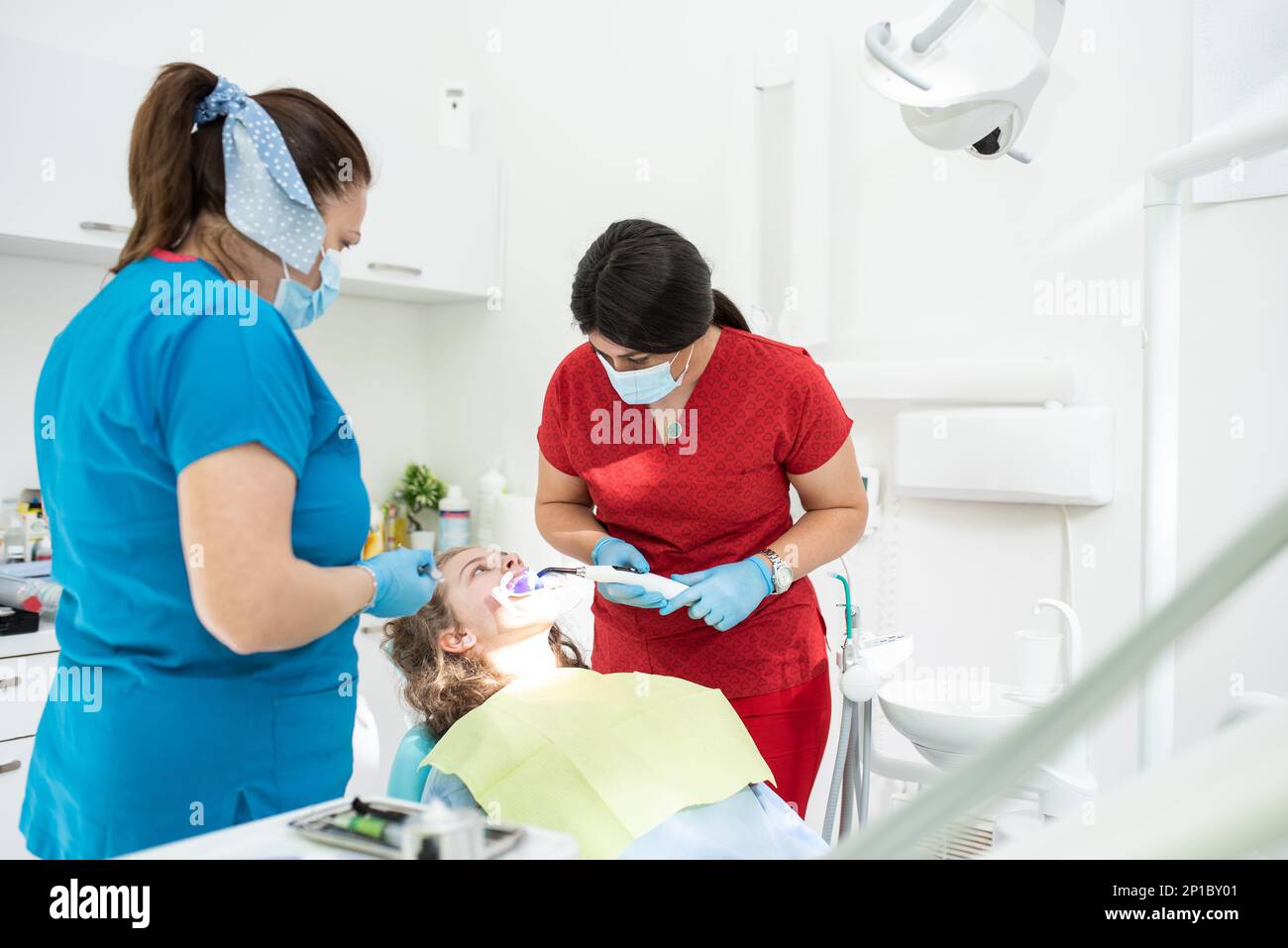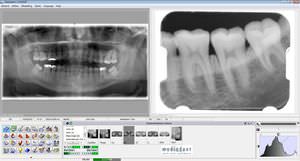

J Dent 38:553–559Įnder A, Mehl A (2013) Accuracy of complete-arch dental impressions: a new method of measuring trueness and precision. Syrek A, Reich G, Ranftl D, Klein C, Cerny B, Brodesser J (2010) Clinical evaluation of all-ceramic crowns fabricated from intraoral digital impressions based on the principle of active wavefront sampling. Henkel GL (2007) A comparison of fixed prostheses generated from conventional vs digitally scanned dental impressions. Mehl A, Ender A, Mormann W, Attin T (2009) Accuracy testing of a new intraoral 3D camera. J Am Dent Assoc 136:343–346Ĭhristensen GJ (2008) Will digital impressions eliminate the current problems with conventional impressions? J Am Dent Assoc 139:761–763 Dent Clin N Am 51:629–642 viĬhristensen GJ (2005) The state of fixed prosthodontic impressions: room for improvement. Rubel BS (2007) Impression materials: a comparative review of impression materials most commonly used in restorative dentistry. However, differences were detected between the tested systems.

Regarding the accuracy, all tested intraoral scanning technologies seem to be able to reproduce a single quadrant within clinical acceptable accuracy. The direct digitalization was not superior to indirect digitalization for all tested systems. Within the limitations of this in vitro study, the accuracy of the ascertained datasets was dependent on the scanning system. CON, BLU and OC resulted in significantly higher precision than ZFX did. Regarding the overall “precision”, the CS 3500 intraoral scanner and the True Definition showed the best performance. BLU, ZFX and OC showed higher differences from the reference dataset than CON.


Resultsĭirect digitalization using the TD showed the significant highest overall “trueness”, followed by CS. The accuracy (trueness/precision) of the datasets was evaluated by an analysing software (Geomagic Qualify 12.1) using a “best fit alignment” of the datasets with a highly accurate reference dataset of the testing model, received from industrial computed tomography. As control, 12 polyether impressions were taken and the referring plaster casts were digitized indirectly with the D-810 laboratory scanner (CON). Material and methodĪ titanium testing model was directly digitized 12 times with each intraoral scanner: (1) CS 3500 (CS), (2) Zfx Intrascan (ZFX), (3) CEREC AC Bluecam (BLU), (4) CEREC AC Omnicam (OC) and (5) True Definition (TD). The aim of this study was to evaluate the accuracy of different intraoral scanners and compare them to the process of indirect digitalization. Direct and indirect digitalization offer two options for computer-aided design (CAD)/ computer-aided manufacturing (CAM)-generated restorations.


 0 kommentar(er)
0 kommentar(er)
